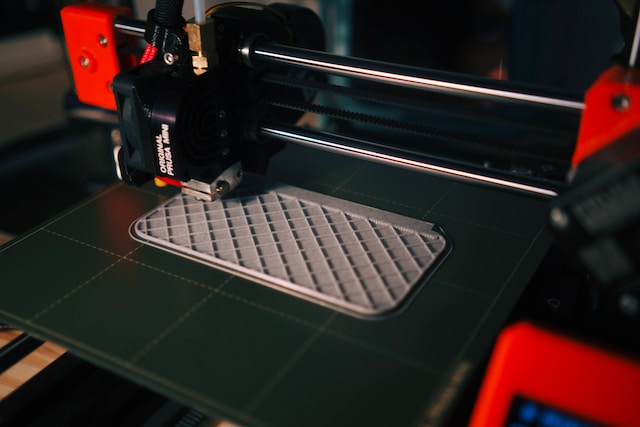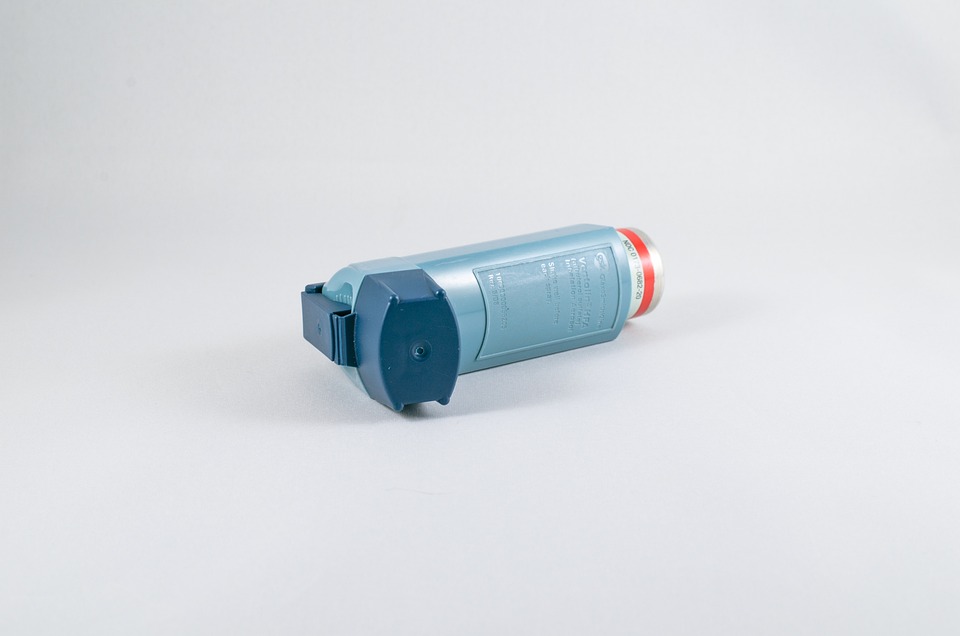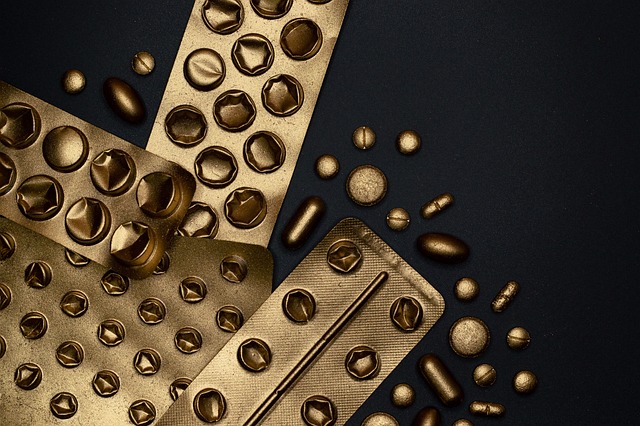Precision machining technology has become so demanding that it requires an extremely close look at all of the elements of the machining process. Equipment and tools are designed to “cut metal” which means shaving off 0.001-0.005 inches of metal with every cutting edge!
Microscopes are ESSENTIAL in helping see very small part features and confirm that they have been deburred correctly.
The condition of the cutting tool edge is critical for dimensional and surface texture control. When a tool becomes dull while cutting the part or if the edge geometry has not been optimized, it will have a tenancy to “smear” or plow metal instead of cutting.This smearing action creates a thicker chip formation resulting in varying surface finishes and sub-surface stresses.
This is not desirable as poor surface finishes or pent up sub-surface stresses from the plowing action will impact the results of secondary operations such as anodizing or plating. Inconsistent part cosmetics are common problems that will only show up after the part is anodized or plated.
To ensure proper subsequent anodizing processes, use more magnification to look even closer at both the final part surfaces and the worn tools that were used to make the part. This is how machinists are able to produce consistent, high quality parts.
See What You Make:
“To make good parts, you must be able to see your parts,” stated Doug Wetzel, General Manager at Protomatic, Inc. He added, “Not only do you need very good shop and work space lighting, you also need to see the parts up close, very close. To improve our vision we use several different styles of microscopes, with our favorites being optical microscopes.”
Optical Microscopes:
Obviously, not all microscopes are the same quality. Protomatic learned that the “special deal” microscopes do not always have adequate resolution and that sharp resolution can only be attained with high quality optics. Name brand optical equipment makes a huge difference.
A microscope with poor resolution is useless in the shop. No matter how well a machinist programs the tool paths to prevent burrs, in cross holes of 0.005 inch diameter for example, fine feathery burrs will be present on freshly cut medical parts. To inspect and deburr properly, Protomatic has learned to schedule the time it takes for every part the company makes for each individual customer.
A close look is important and there are many examples out there showing the benefits of a microscopic look. Often, the problem or improvement cannot be seen with your naked eye, but a 50X magnification easily demonstrates the issue. Protomatic typically looks at parts with a 20-50X power. Sometimes, 100-200X is required to examine drills, end mills, carbide inserts and metal surfaces. To understand subtle surface finishes and tool/chip action, 400x or more is utilized.
Protomatic employs equipment from Nikon and Keyence Vision Systems, utilizing magnification from 1x to 200x, optical comparators 10-20X, 3D microscopes 5-50X, Profilometers and Surface analyzers (Tally Surf) that measure in thousands of microns.
At the end of the day, good ol’ human visual inspection with a microscope serves as integral in understanding and improving manufacturing processes.
Example Flaws Identified Thanks To Microscopes:
Uncoated Part Alum Part:
This flaw shown above at 400x shows a variation in the surface finish from a single tool feed line before the part was hard coated. The rough surface resulted from a plowing action. This intermittent flaw was traced back to a change in the tool geometry when a tool coating was added to improve tool life and part dimensional control. This was not visible with the unaided eye, because it was aluminum and the metal smear does not contrast ( silver on silver) when the finish has an surface finish of Ra 4 (almost mirror like).
Hardcoated Alum Part:
The photo above is the result of the poor chip formation. The raised flaws catch shown in white show up with high contrast against the black background of the freshly hard coated part. Easily visible to the unaided eye. Although microscopic, this flaw could have a profound impact on the performance of a customer’s application.
Carbide Insert with Aluminum Built-up on Cutting Edge:
The 400x photo above is the used cutting edge of the coated tool. The lump of metal on the right side causes poor chip formation and will plow the metal surface. The left side of the photo shows a clean cutting edge that will leave the consistent surface finish needed for good secondary operations.
Knowing this, it is intricate to incorporate this precision machining requirement in your company’s control programs.
The Way To Improve:
Magnification needs excellent lighting and every microscope has special requirements. Lux is the SI unit of luminance and luminous emittance. It is recorded at the surface of interest. For example, a typical office desk is in the 500-600 Lux range. On our factory floor, lighting is typically at 700-1000 Lux. At workstations, additional task lighting will typically create 1200-1500 Lux, creating a significantly brighter work station to help see your product quality more clearly.
Inspection Lighting:
LittlLite ™ (Link www.littlite.com) LED Lamp systems among others are used for off angle lighting. LED lighting has advantages such as adjustable intensity while keeping the color hue very consistent. This is important for creating the correct contrast for lighting the inside of narrow tube-like parts, confirming burr removal, and evaluating surfaces. In Protomatic’s case, customers in the medical industry are very sensitive to damage caused by foreign objects in cross holes, so much so that the industry formally recognizes it as FOD (Foreign Object Damage).
Showing The Way:
Protomatic works closely with their customers and even uses microphotographs to answer questions about specific features or transition areas. It is usually a discussion between machinists and inspectors that prompts a “closer look” with engineering. The company often shows their customers features or details about their parts they never knew were critical to their functional performance.
Educated customers are the best customers and Protomatic strives to help them every day!
Get More Information On Protomatic Precision Machining:
Bausch & Lomb Optical Co. Stereo Microscope:
An old stereo microscope- Bausch & Lomb Optical Co. Ca 1920-30s. This old unit is not in service at Protomatic, but is surprisingly better than some microscopes sold today as “great deals”.
Keyence 3D Microscope VHX-2000E:
Today – Keyence 3D Microscope, with additional goose neck lighting system. This microscope system has high resolution digital cameras, motorized X,Y, Z stage and measurement capability.
Freedom Scientific HDMag™ Inspection Station:
Other Microscope applications require quick visual inspection, this High-Magnification Inspection Station HDMag™ offers 2x-50X with autofocus and video based greatly improves old watch glass inspection.







